Introduction to Skeletal Container Trailers
Skeletal container trailers serve as the backbone of the logistics and transportation sectors across various landscapes. Characterized by their open-frame design, these trailers are engineered for the efficient transport of shipping containers over long distances. In regions like China, where trading activities are robust and infrastructure is continuously evolving, skeletal container trailers have become indispensable. Their usage extends beyond mere transportation; they play a critical role in streamlining supply chains and enhancing freight efficiency.
Key Features of China Skeletal Container Trailers
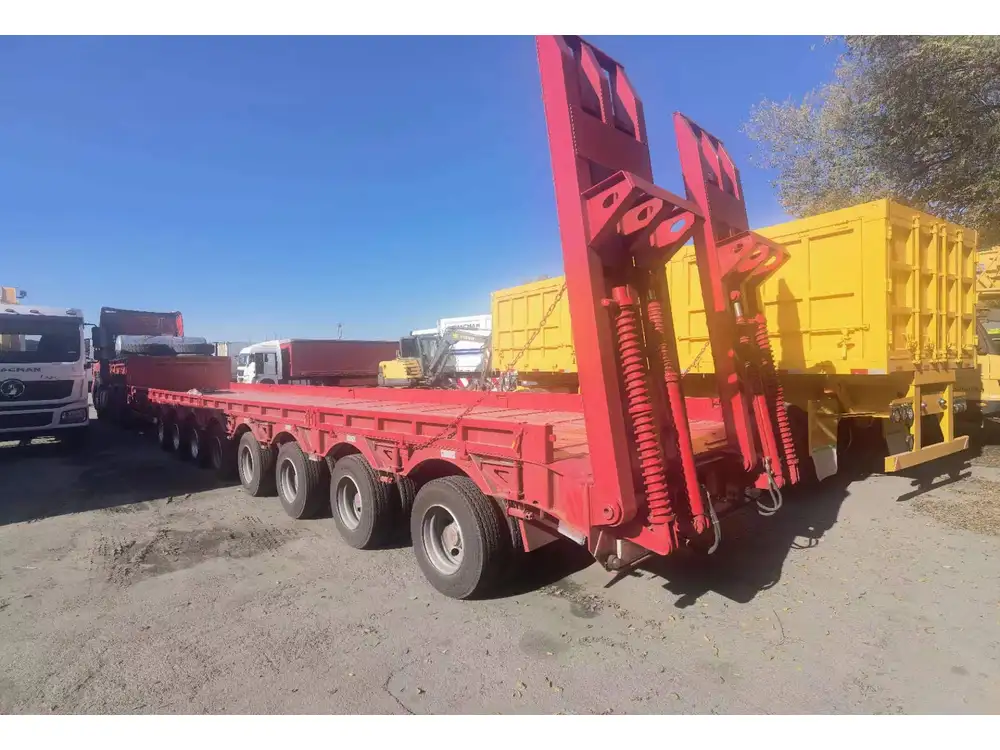
1. Lightweight Design
Skeletal container trailers are typically constructed using high-tensile steel, allowing them to maintain a balance between weight and strength. The lightweight construction not only improves fuel efficiency but also increases the payload capacity, enabling carriers to transport more containers without surpassing weight limits.
2. Versatility with Container Sizes
These trailers are designed to accommodate various standard container sizes, including 20-foot and 40-foot units. This versatility makes them suitable for a wide range of logistical applications, from local deliveries to extensive intermodal transport operations.
3. Modular Configurations
A unique selling point of skeletal container trailers is their modularity. They often come with adjustable frames that allow operators to customize their setup based on specific requirements. This adaptability is crucial in an industry that requires quick responses to shifting market demands.
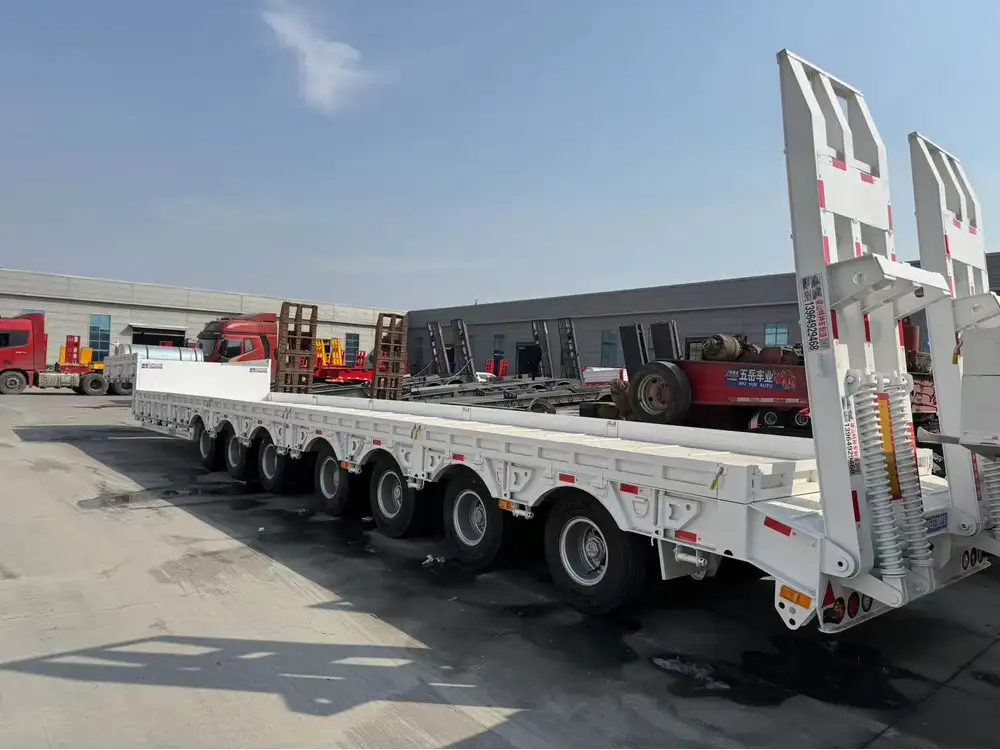
4. Durability and Maintenance
Designed for heavy-duty applications, these trailers are built to withstand the rigors of daily use. Their robust construction reduces maintenance needs and enhances their lifespan, resulting in lower total cost of ownership for operators.
5. Safety Features
Modern skeletal container trailers are equipped with advanced safety features, including anti-lock braking systems (ABS), reflective striping for visibility, and robust locking mechanisms for securing containers. These safety measures help prevent accidents and protect valuable cargo during transit.
Advantages of Using China Skeletal Container Trailers

A. Cost-Efficiency
- Reduced Operational Costs: Their lightweight design and optimized aerodynamics lead to lower fuel consumption, which is a significant expense in long-haul logistics.
- Higher Payload: By maximizing the weight limit and reducing empty runs, companies can improve their revenue potential.
B. Increased Flexibility
- Rapid Adaptability: The modular design allows for quick adjustments, making it easier to respond to fluctuating demands in the market. This is particularly relevant in sectors where container types may vary with shipping schedules.
- Multi-Functional Use: Apart from intermodal transport, these trailers can cater to a variety of cargo, making them ideal for companies dealing with different types of goods.
C. Enhanced Supply Chain Efficiency
- Streamlined Operations: Fast turnaround times and reduced unloading times at docks and depots ensure products reach their destinations more quickly.
- Compatibility with Infrastructure: The design of skeletal trailers is often compatible with various loading and unloading equipment, reducing bottlenecks in the logistics chain.

Common Challenges Faced When Using Skeletal Container Trailers
1. Regulatory Compliance
Navigating the landscape of regulations governing trailer specifications can be difficult, especially in international logistics. Ensuring compliance with the local laws regarding trailer design and container transport is paramount.
2. Weather Conditions
Transporting cargo through adverse weather conditions can pose risks. Securing containers against heavy rains, snow, or high winds is critical for maintaining integrity and safety.
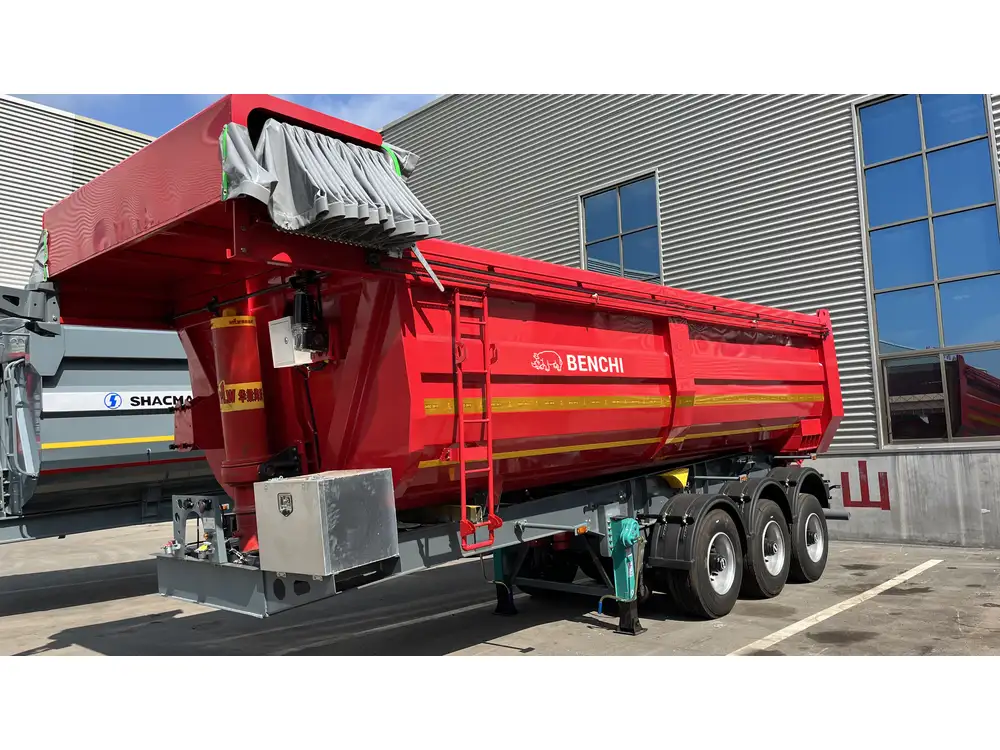
3. Safety and Security Concerns
While these trailers are designed with safety in mind, theft prevention remains a critical concern in logistics operations. Proper locking systems and monitoring can help mitigate risks.
4. Maintenance Issues
Although skeletal trailers are durable, lack of regular maintenance can lead to issues that compromise their operational efficiency and safety. Implementing a robust maintenance schedule is essential.
Innovations in Skeletal Container Trailer Design

Smart Trailer Technology
Recent advancements in technology have introduced smart trailer systems that monitor key parameters, such as tire pressure, cargo weight, and even GPS tracking. These innovations enhance overall logistics management by providing real-time data and facilitating predictive maintenance.
Sustainability Initiatives
As the logistics industry increasingly focuses on green practices, the design of skeletal container trailers is evolving. Manufacturers are exploring composite materials that reduce weight and carbon emissions, further contributing to environmentally friendly transportation solutions.
Enhanced Aerodynamics
Aerodynamic features are being integrated into skeletal trailer designs to reduce drag and improve fuel efficiency. This is particularly beneficial for long-haul transport where fuel savings can significantly impact operational costs.
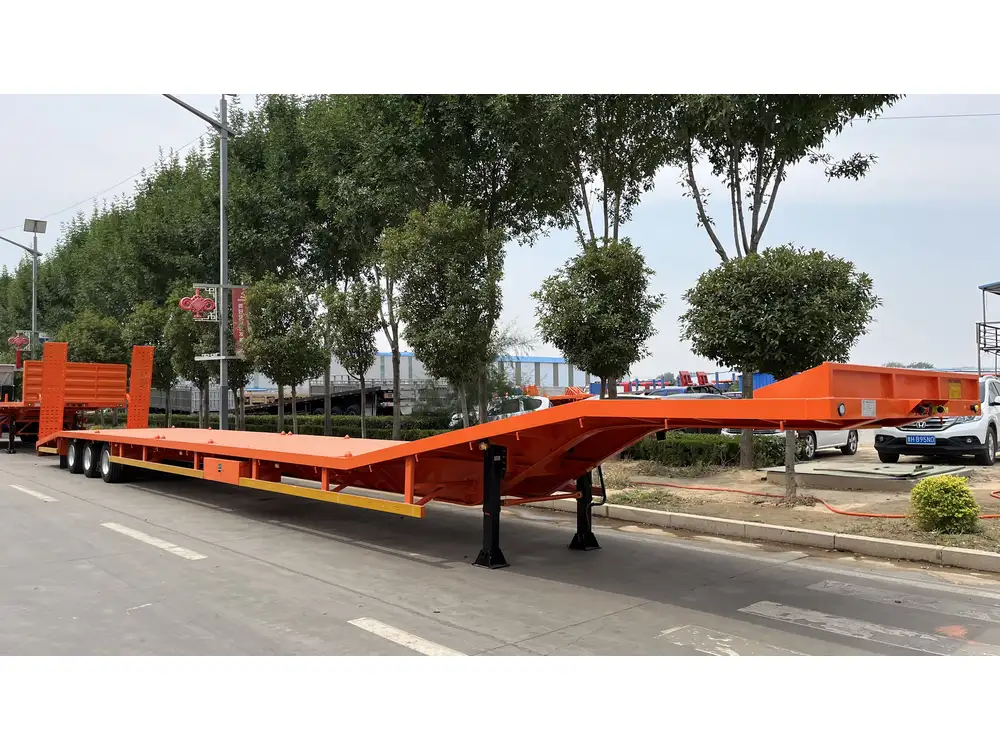
Comparing Different Types of Container Trailers: A Brief Overview
| Trailer Type | Design Features | Best Suited For | Average Cost |
|---|---|---|---|
| Skeletal Container Trailer | Lightweight, open-frame design | Intermodal transport | $$ |
| Flatbed Trailer | Flat platform, no sides or roof | Bulk cargo, machinery transport | $$ |
| Curtain Side Trailer | Side curtains offer protection and easy access | General freight | $$$ |
| Reefer Trailer | Refrigerated unit for perishable goods | Temperature-sensitive cargo | $$$$ |
| Chassis Trailer | Fixed chassis; primarily for container transport | Port operations | $ |
Selecting the Right Semi-Trailer for Your Needs
When evaluating the best semi-trailer for your logistics operation, consider the following aspects:
1. Cargo Type
Understanding the dimensions, weight, and handling requirements of your cargo is crucial in determining the most suitable trailer type. For example, perishables would ideally require a reefer trailer, while general freight can be accommodated by a skeletal container trailer.

2. Frequency of Use
Analyze how often the trailer will be used and in what conditions. If the trailer is to be used intensively, investing in a more durable model could yield better long-term returns.
3. Financial Constraints
Evaluate your budget, keeping in mind that while a lower purchase cost may appeal to the short-term budget, higher-quality trailers might lead to reduced maintenance costs and improved efficiency in the long run.
4. Regulatory Compliance Near Your Operations
Be aware of the regulatory standards for trailers in the areas you will operate. Compliance challenges can add unexpected costs and delays to your operations.
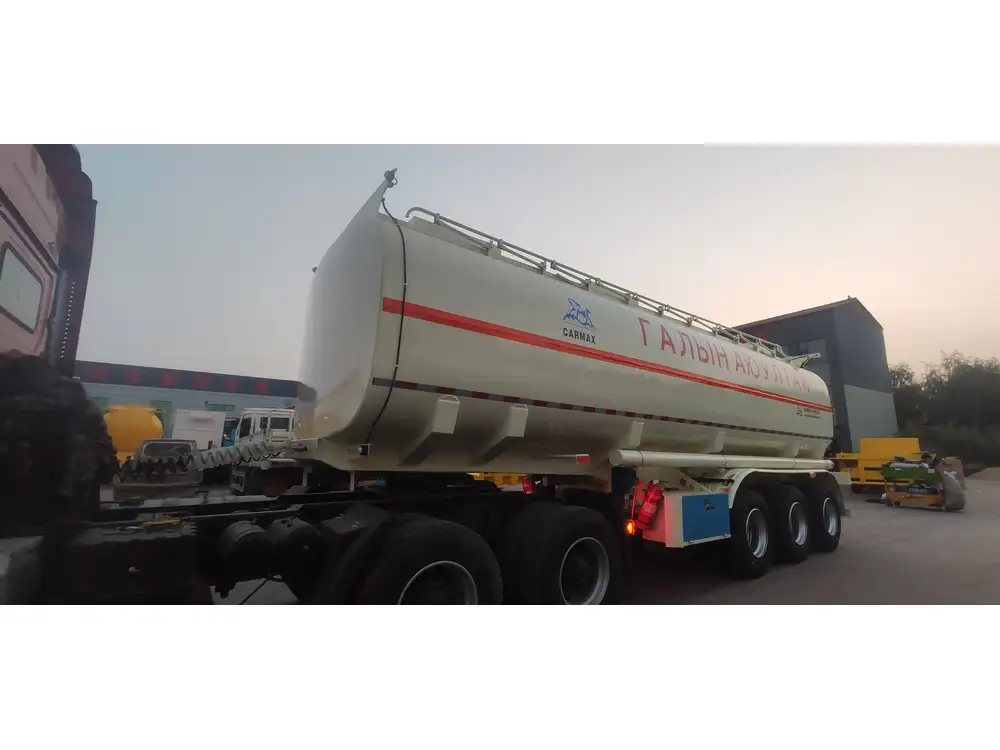
5. Resale Value
Lastly, consider the resale value of the trailer. Some brands and types of trailers hold their value well, providing a better return on investment when you eventually decide to upgrade.
Conclusion: The Future of China’s Skeletal Container Trailer Market
The skeletal container trailer manufacturing landscape in China is poised for dynamic growth fueled by technology and innovation. As businesses increasingly prioritize efficiency and sustainability, the demand for these trailers is likely to continue its upward trajectory. As manufacturers and end-users embrace advances in smart technology, alternative materials, and green practices, the skeletal container trailer stands as a pivotal solution in the logistics and transportation fields.
In summary, understanding the complexity and versatility of skeletal container trailers provides valuable insights into making informed purchasing decisions. Whether aiming for cost efficiency, flexibility, or enhanced supply efficiency, understanding these factors is crucial for maximizing operational effectiveness in the ever-evolving logistics landscape.



